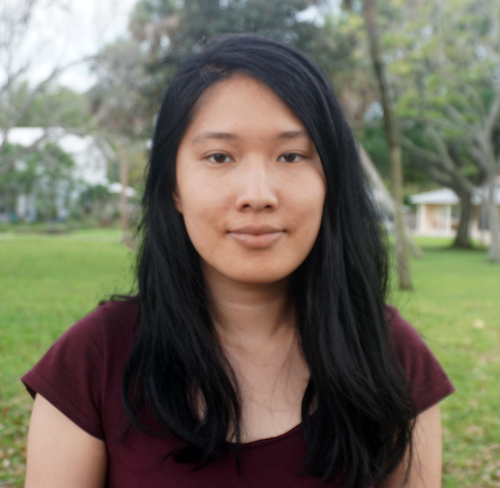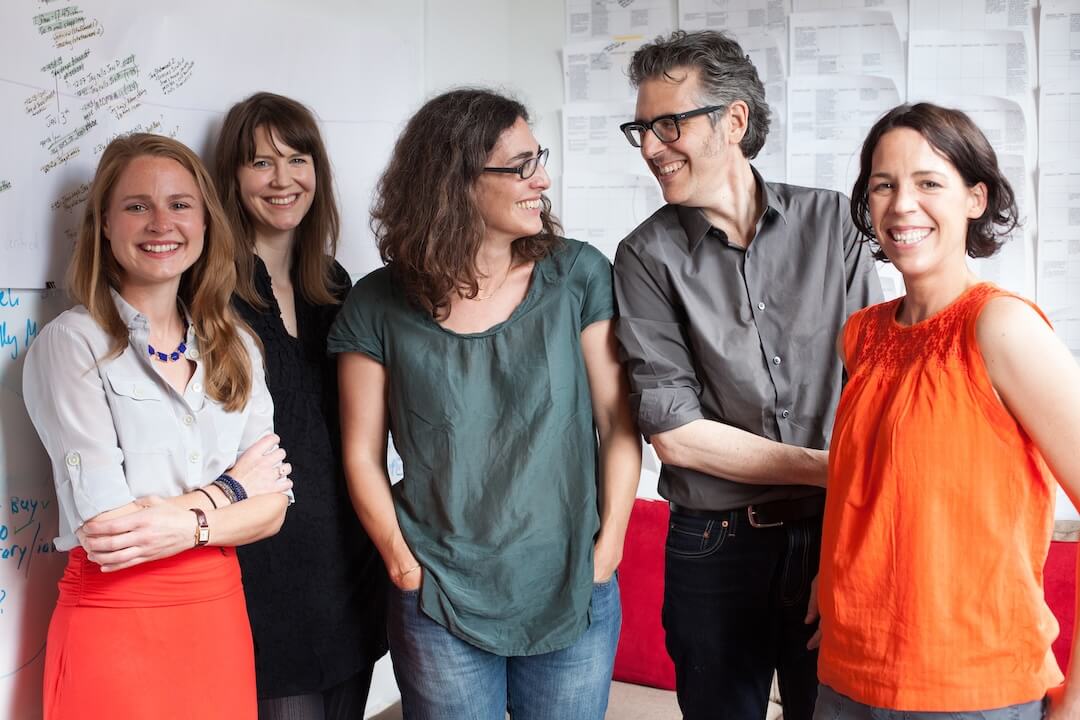The median salary for journalists of color at six Atlantic-region Gannett shops is $11,500 less than that of their white counterparts, according to a NewsGuild pay study released Tuesday.
That study, which covers roughly 200 reporters at nearly a dozen unionized papers, also found gender pay gaps of more than $8,000. The units representing those journalists — the Atlantic DOT Guild, APP-MCJ Guild, Hudson Valley News Guild, The Record Guild, Newspaper Guild of Rochester and Utica News Guild — put together the pay study after receiving employee salary and demographic data from Gannett in August.
“Gannett claims it is a beacon for diversity in the workplace. Our numbers prove otherwise,” the units write. “If journalists of color stay at these Gannett papers, their pay plateaus. If female journalists stay, they can expect to be paid less than their male counterparts.”
The study acknowledges that the range in staff size among newsrooms represented means an individual unit can disproportionately impact the overall results. For example, while white journalists had a higher median salary than journalists of color in each unit, the disparity was greatest at the Rochester Newspaper Guild, which had a gap of roughly $10,800. The racial pay gap at Utica, on the other hand, was just over $1,000.
Several units had better records when it came to pay by gender. Women had similar or slightly higher median salaries at four of the units. At the Hudson Valley News Guild, however, women were paid over $8,000 less than their male colleagues.
In comparisons of racial pay gaps by age, the study found that non-white journalists in their 20s had a median salary of nearly $2,000 more than that of their white colleagues. However, a larger gap emerges when comparing journalists in their 30s, 40s and 50s. The median salary of journalists of color in their 40s, for example, is roughly $42,000. However, white journalists in their 40s had a median salary of approximately $53,500.
The study found a similar trend in gender pay inequities. For younger journalists, the pay gap is generally no more than $2,000 in either direction. Among journalists in their 50s, the median salary of men is roughly $3,000 more than that of their female colleagues. That gap grows to more than $9,000 among journalists older than 60.
The units write that these pay gaps have caused women and journalists of color to drop out as they reach mid-career. Between the six units, there were only 11 journalists of color with more than a decade of service at Gannett. Meanwhile, 94 white journalists had reached the same milestone.
Susanne Cervenka, an investigative reporter at the Asbury Park Press who did the data analysis for the study, said one of her motivations for unionizing was seeing six women leave over the course of two years. They were then replaced by five men.
“There was never a question asked of, ‘We had six women leave — why? Should we replace them?’” said Cervenka, who serves as the APP-MCJ Guild’s unit chair. “You’re not going to hit the diversity goals the company says it wants to achieve if you aren’t making our newsrooms a place where someone wants to stay and thrive.”
Last year, Gannett pledged to have its newsrooms mirror the demographics of the communities they are serving by the end of 2025. The NewsGuild study found that there is still work to be done. Roughly 77% of employees across the six units are white, and 64% are men. White men outnumbered women of color by 5 to 1, according to the study.
Gannett spokesperson Lark-Marie Anton wrote in an emailed statement that Gannett is committed to “equitable employment practices” for all its workers.
“It’s troubling that the NewsGuild would issue a ‘study’ that fails to take into consideration critical analysis factors and uses selective data to drive a narrative that has clear bias and further raises questions of credibility and integrity,” Anton wrote.
The six units decided to put together the study after a group of 14 unionized Gannett papers published their own pay study last year. The 2021 study, which covered newspapers like The Arizona Republic and The Indianapolis Star, also found racial and gender pay inequities.
“So when we were doing ours, we wanted to see what gaps we had,” Cervenka said. “It was to prove or disprove what we were sort of feeling in our newsrooms, but we also wanted to quantify what gaps there are so we can fix them.”
The six units are currently bargaining for a new contract, which they hope to get by the end of the year. For many of those newsrooms, it will be their first contract with Gannett.
At the APP-MCJ Guild, which covers the Asbury Park Press, the Courier News and the Home News Tribune in New Jersey, workers have put together a salary proposal that they hope will address the pay inequities found in their study. Their proposal includes a structured pay scale with salaries determined by job titles, Cervenka said. The unit also then plans to negotiate so that each employee’s job title reflects their experience within both journalism and Gannett.
The APP-MCJ Guild also has put together a Diversity, Equity and Inclusion proposal that would ask the company to actively recruit journalists from underrepresented communities by posting job openings with affinity organizations and committing to interviewing a certain number of minority candidates for each position.
“We have our colleagues who have a hard time paying their bills. … They have to ask their parents for grocery money, or they have to go to a food pantry, or they skimp on food just to make ends meet,” Cervenka said. “It’s really important for us to get that strong contract with pay equity included in it because it’s really painful to hear that that’s what your colleagues are experiencing.”
Just last week, Gannett announced a new set of austerity measures, including a pause in 401(k) contributions, mandatory furloughs over the holidays and a hiring freeze. Though some of those changes will not have an immediate impact on unionized employees, Gannett could try to put them on the bargaining table.
“Gannett has cut so far to the bone that now it’s not a question of, ‘Do I, as an individual person, want to be a journalist or do I want to go do something that makes more money?’” Cervenka said. “Now it’s a question of, ‘Can anyone afford to be a journalist at these newsrooms anymore?’”







